
This image shows paleofeces samples from Hallstatt salt mines analyzed in this study. Credit: Eurac Research/Frank Maixner
Human feces don’t usually stick around for long—and certainly not for thousands of years. But exceptions to this general rule are found in a few places in the world, including prehistoric salt mines of the Austrian UNESCO World Heritage area Hallstatt-Dachstein/Salzkammergut. Now, researchers who’ve studied ancient fecal samples (or paleofeces) from these mines have uncovered some surprising evidence: the presence of two fungal species used in the production of blue cheese and beer. The findings appear in the journal Current Biology on October 13, 2021.
“Genome-wide analysis indicates that both fungi were involved in food fermentation and provide the first molecular evidence for blue cheese and beer consumption during Iron Age Europe,” says Frank Maixner of the Eurac Research Institute for Mummy Studies in Bolzano, Italy.
“These results shed substantial new light on the life of the prehistoric salt miners in Hallstatt and allow an understanding of ancient culinary practices in general on a whole new level,” adds Kerstin Kowarik of the Museum of Natural History Vienna. “It is becoming increasingly clear that not only were prehistoric culinary practices sophisticated, but also that complex processed foodstuffs as well as the technique of fermentation have held a prominent role in our early food history.”
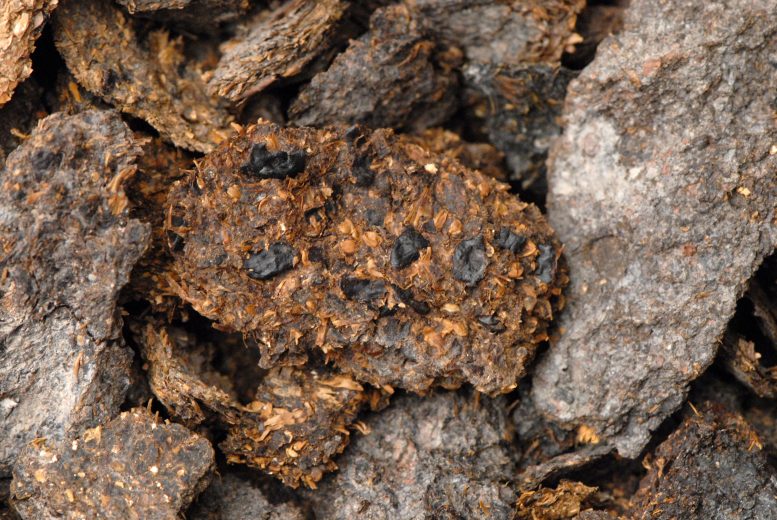
This image shows 2600 year old human excrement from the Hallstatt salt mines in which beans, millet and barley are clearly visible. Credit: Anwora/NHMW
Earlier studies already had shown the potential for studies of prehistoric paleofeces from salt mines to offer important insights into early human diet and health. In the new study, Maixner, Kowarik, and their colleagues added in-depth microscopic, metagenomic, and proteomic analyses—to explore the microbes, DNA, and proteins that were present in those poop samples.
These comprehensive studies allowed them to reconstruct the diet of the people who once lived there. They also could get information about the ancient microbes that inhabited their guts. Gut microbes are collectively known as the gut microbiome and are now recognized to have an important role in human health.
Their dietary survey identified bran and glumes of different cereals as one of the most prevalent plant fragments. They report that this highly fibrous, carbohydrate-rich diet was supplemented with proteins from broad beans and occasionally with fruits, nuts, or animal food products.
In keeping with their plant-heavy diet, the ancient miners up to the Baroque period also had gut microbiome structures more like those of modern non-Westernized individuals, whose diets are also mainly composed of unprocessed food, fresh fruits, and vegetables. The findings suggest a more recent shift in the Western gut microbiome as eating habits and lifestyles changed.
When the researchers extended their microbial survey to include fungi, that’s when they got their biggest surprise: an abundance in one of their Iron Age samples of Penicillium roqueforti and Saccharomyces cerevisiae DNA.
“The Hallstatt miners seem to have intentionally applied food fermentation technologies with microorganisms which are still nowadays used in the food industry,” Maixner says.
The findings offer the first evidence that people were already producing blue cheese in Iron Age Europe nearly 2,700 years ago, he adds. In ongoing and future studies of the paleofeces from Hallstatt, they hope to learn more about the early production of fermented foods and the interplay between nutrition and the gut microbiome composition in different time periods.
Reference: “Hallstatt miners consumed blue cheese and beer during the Iron Age and retained a non-Westernized gut microbiome until the Baroque period” by Frank Maixner, Mohamed S. Sarhan, Kun D. Huang, Adrian Tett, Alexander Schoenafinger, Stefania Zingale, Aitor Blanco-Míguez, Paolo Manghi, Jan Cemper-Kiesslich, Wilfried Rosendahl, Ulrike Kusebauch, Seamus R. Morrone, Michael R. Hoopmann, Omar Rota-Stabelli, Thomas Rattei, Robert L. Moritz, Klaus Oeggl, Nicola Segata, Albert Zink, Hans Reschreiter and Kerstin Kowarik, 13 October 2021, Current Biology.
DOI: 10.1016/j.cub.2021.09.031
This work was supported by Programma Ricerca Budget prestazioni Eurac 2017 of the Province of Bolzano, Italy, and the South Tyrolean grant legge 14, the European Regional Development Fund, the European Research Council grant, the US National Institutes of Health, and the US National Science Foundation.

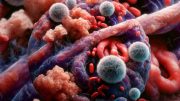


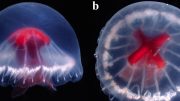

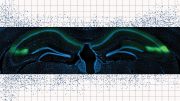
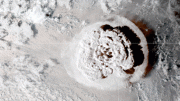
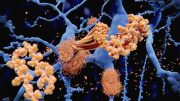
I question whether that’s human excrement as it doesn’t looked like it was chewed satisfactorily enough. I chew my nuts and berries much more than your example, and so do you!
So the “animal” drank beer?
As to the comnent about chewing. Did they even have teeth?
And that’s not in the Bible! (Sarcasm)
There were humans 2,700 years ago. (More sarcasm) Were thet drinkning Crystall, too.